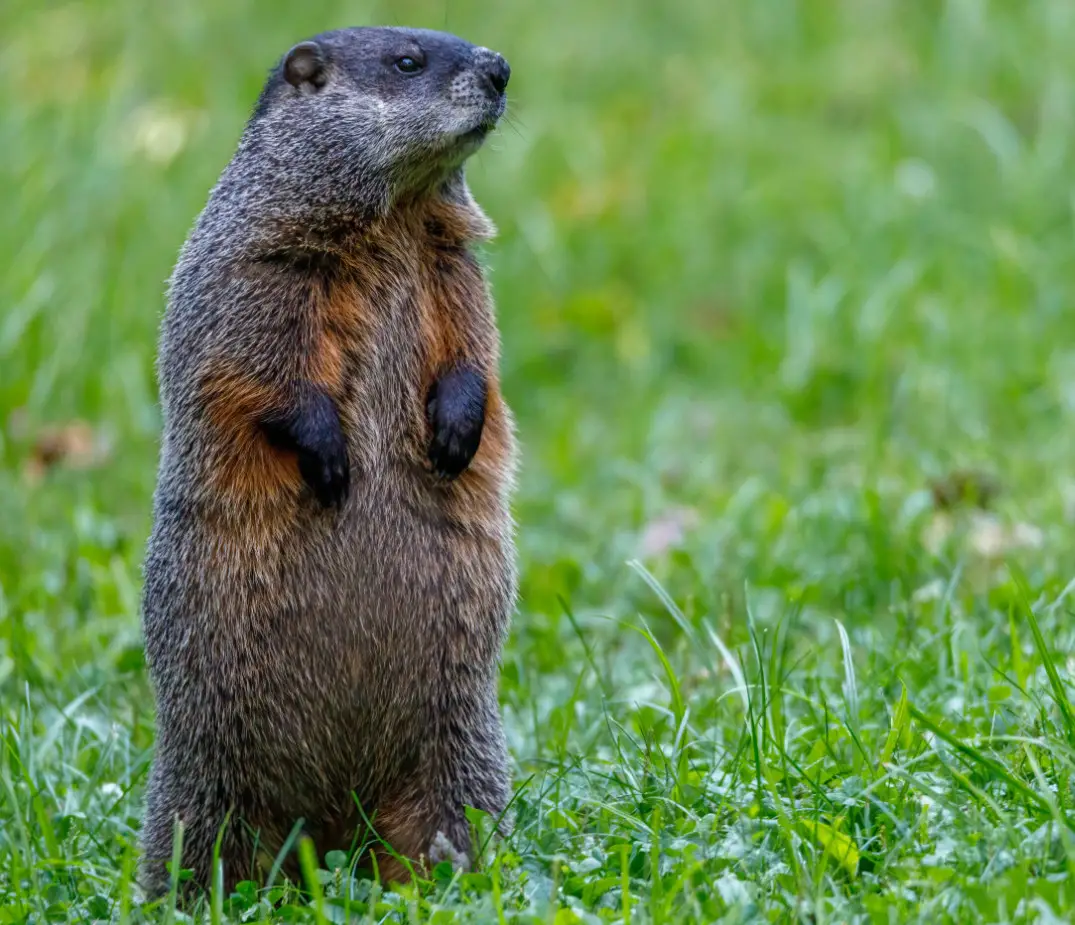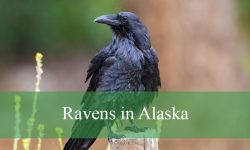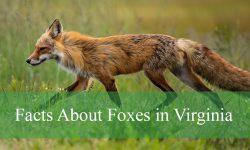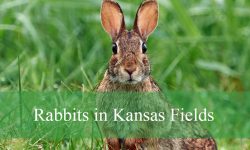When the first light of dawn touches the rolling hills of Pennsylvania, a small brown figure pokes its head above the frost-covered grass. Its nose twitches, eyes scanning for danger, before it rises on hind legs — alert, cautious, and curious. Then, with a quick dive, it disappears back into its burrow. These are the groundhogs in Pennsylvania, the state’s most famous yet often misunderstood residents.
To most people, groundhogs — also known as woodchucks — are the furry weather forecasters of Groundhog Day, the quirky February tradition that began right here in Punxsutawney. But behind the folklore lies a much deeper story. These animals are not just symbols of superstition; they are ecological engineers, master diggers, and survivors of the changing northeastern landscape.
In this detailed look, we uncover the truth about Pennsylvania’s groundhogs — their biology, habits, intelligence, and the surprising ways they shape both the land and local culture.
Meet Pennsylvania’s Groundhog

The Woodchuck, or Groundhog
Scientifically known as Marmota monax, the groundhog belongs to the squirrel family (Sciuridae), making it a close relative of chipmunks and prairie dogs. Despite their stout shape, these animals are technically large ground squirrels adapted for a burrowing lifestyle.
Adult groundhogs typically measure 16–26 inches long and weigh 5–12 pounds, though some hefty individuals can exceed 15 pounds by late summer. Their dense brown fur, strong claws, and curved incisors make them perfectly suited to digging and gnawing their way through life beneath the soil.
Groundhogs in Pennsylvania are found almost everywhere — from suburban backyards to forest edges, farm fields, and highway embankments. They thrive in open areas where grass and clover are abundant, often within sight of trees or shrubs for cover.
A True Pennsylvanian Icon
The groundhog is Pennsylvania’s unofficial wildlife celebrity. Each year on February 2nd, Punxsutawney Phil emerges from his burrow to “predict” the weather — a tradition rooted in German folklore brought to Pennsylvania by settlers in the 18th century.
While the spectacle is pure entertainment, it reflects a truth about the groundhog’s behavior. These animals truly do emerge around early February — not to forecast spring, but to assess conditions as part of their transition out of hibernation.
Whether or not Phil sees his shadow, one fact remains: no animal captures Pennsylvania’s character quite like the humble groundhog.
Life Underground
Master Engineers
The burrow is the center of a groundhog’s world — a marvel of natural architecture. A single burrow can extend up to 30 feet long and reach depths of five feet. Inside are multiple chambers: a nesting room lined with dried grass, a waste chamber, and several entrances and escape routes.
In summer, these burrows provide cool shelter from heat. In winter, they serve as hibernation dens — snug, insulated, and perfectly designed for energy conservation.
A single groundhog in Pennsylvania may dig several burrows throughout its life, occasionally sharing old tunnels with rabbits, skunks, or even foxes after abandonment. These vacated burrows, in turn, become vital refuges for countless other species.
The Hibernation Miracle
One of the most fascinating aspects of groundhog life is their true hibernation — one of the deepest among all mammals. From late October through February, their body temperature drops from 99°F to around 40°F, and their heart rate slows from 80 beats per minute to just 5.
During this state of suspended animation, they survive entirely on stored body fat. In Pennsylvania’s frigid winters, this adaptation ensures their survival while conserving energy when food is scarce.
When temperatures begin to rise and daylight lengthens, groundhogs in Pennsylvania awaken, groggy but alive — signaling the gradual return of spring to the region.
Behavior and Daily Life
Solitary and Territorial
Groundhogs are solitary by nature. Each adult maintains a distinct territory marked by scent and defended through chases and warning whistles. Only during mating season — in early spring — do they tolerate close company.
A typical groundhog spends the day feeding, grooming, and basking near its burrow entrance. When danger arises, it retreats underground with astonishing speed, using memory of its tunnel layout to evade predators.
Their watchful behavior and intelligence are key to their survival in Pennsylvania’s predator-rich environment.
The Language of Whistles
Though mostly quiet, groundhogs in Pennsylvania use a range of vocalizations. Their sharp whistle — which earned them the nickname “whistle-pig” — warns nearby groundhogs of threats.
They also produce low grunts and squeaks for social communication, especially between mothers and their young. These sounds, combined with scent markings and body postures, create a subtle yet effective system of communication across open fields.
It’s a reminder that even the quietest animals have complex ways of connecting and surviving.
Diet: The Vegetarian Engineer
The Groundhog’s Menu
Groundhogs are strict herbivores. Their diet includes clover, alfalfa, dandelions, grasses, fruits, and tender vegetables. They occasionally gnaw on bark or twigs, especially during dry spells when greens are scarce.
In Pennsylvania’s farmlands, they sometimes raid gardens or fields, earning an unfair reputation as pests. In truth, their feeding helps prune vegetation and disperse seeds, subtly influencing plant diversity across meadows and pastures.
A groundhog in Pennsylvania can consume over a pound of vegetation daily — a steady cycle of grazing that shapes local ecosystems.
Teeth Built for Life
Like all rodents, a groundhog’s incisors grow continuously throughout its life. To keep them sharp and manageable, they gnaw constantly — on wood, stems, and sometimes even fence posts.
This behavior isn’t destructive by intent; it’s maintenance. Without gnawing, their teeth would overgrow, making feeding impossible. Every bite and scrape reflects the evolutionary precision behind their survival.
Reproduction and Family Life
Spring Courtship
After emerging from hibernation in late winter, male groundhogs begin seeking mates. Mating occurs from March to early April, timed perfectly with the greening of the landscape.
Courtship involves cautious approaches and gentle nose-touching — surprisingly tender behavior for such solitary animals. After breeding, the male departs, leaving the female to handle all parental duties.
Raising the Young
A pregnant female retreats to a safe burrow to prepare for her litter. After a gestation of about 32 days, she gives birth to 3–6 hairless, blind pups.
For the first six weeks, the young remain underground, nourished solely by their mother’s milk. Once weaned, they begin venturing outside, learning to forage and dig. By late summer, the juveniles disperse, each searching for new territory.
This independence marks the beginning of another generation of groundhogs in Pennsylvania, continuing the ancient rhythm of life beneath the soil.
Groundhogs and Pennsylvania’s Ecosystems
The Soil Builders
Groundhogs are often called “ecosystem engineers” — and for good reason. Their burrowing improves soil aeration, mixes organic matter, and enhances water infiltration.
Their tunnels also create microhabitats for insects, reptiles, and small mammals. Even abandoned burrows offer winter refuge for skunks, foxes, and rabbits.
Through digging and feeding, groundhogs in Pennsylvania contribute to the very landscape that sustains them, quietly maintaining the health of meadows and forests alike.
Prey and Predator Balance
Groundhogs serve as important prey for several native predators, including coyotes, foxes, bobcats, and large birds of prey such as hawks and eagles.
Their presence supports entire food webs, linking grasslands and forests in the intricate balance of Pennsylvania’s natural systems.
Even their carcasses feed scavengers and enrich the soil — proof that in nature, nothing is wasted.
Groundhogs and Humans in Pennsylvania
Backyard Encounters
Encounters with groundhogs in Pennsylvania are common. Homeowners often spot them nibbling clover or resting near garden edges. Though sometimes frustrating to gardeners, these interactions are typically harmless.
Preventive measures — such as fencing or planting less palatable vegetation — are usually enough to maintain peace. Poisoning or trapping, on the other hand, disrupts ecosystems and invites unintended consequences.
Coexisting with groundhogs is easier than most realize: give them space, and they’ll quietly return the favor.
Agriculture and Misunderstanding
Farmers have long viewed groundhogs as nuisances due to crop damage and burrow holes that can trip livestock. However, recent ecological studies show their benefits often outweigh the costs.
By recycling soil and providing homes for beneficial wildlife, groundhogs enhance ecosystem resilience. Conservation-minded landowners now adopt balanced management approaches — fencing off vulnerable crops while leaving safe zones for wildlife.
In this partnership between farmer and forager, Pennsylvania’s rural landscapes find sustainable harmony.
Myths and Misconceptions
Do Groundhogs Predict the Weather?
The legend of Groundhog Day may not hold meteorological truth, but it reflects natural timing. Groundhogs emerging in February are responding to environmental cues — temperature, daylight, and instinct — not fortune-telling.
Whether or not Punxsutawney Phil “sees his shadow,” this ritual reminds Pennsylvanians of their deep connection to nature’s cycles.
Are Groundhogs Destructive?
Groundhogs can damage gardens and structures if unchecked, but labeling them as destructive oversimplifies their role. They rarely stray far from burrows and mostly feed on wild plants. Their digging, while inconvenient at times, provides ecological benefits unseen by the casual observer.
When managed thoughtfully, groundhogs in Pennsylvania coexist peacefully with humans, enriching the environment far more than they harm it.
Are Groundhogs Related to Beavers?
While both are rodents, they’re not close relatives. Groundhogs belong to the marmot family, while beavers belong to the castor family. Their similarities — stout builds and industrious habits — reflect convergent evolution rather than close kinship.
Seasonal Life of Pennsylvania’s Groundhog
Spring and Summer
After emerging from hibernation, groundhogs spend spring rebuilding strength, feeding heavily on new vegetation. By May, mothers are caring for young, while males focus on reclaiming territories.
Summer brings abundance. Groundhogs feed constantly, accumulating fat reserves for the coming winter. They may dig new burrows or expand old ones, maintaining a network of safe retreats.
Their activity peaks during cool mornings and late afternoons — a rhythm dictated by heat and hunger.
Fall and Winter
As days shorten, groundhogs in Pennsylvania enter a feeding frenzy, consuming nearly double their usual intake. This pre-hibernation period ensures enough body fat to survive months underground.
By late October, they retreat into deep burrows, sealing entrances with soil and leaves to trap warmth. Inside, their bodies slow to a near standstill — nature’s perfect design for endurance through the silent months of snow.
Come February, as sunlight strengthens, the cycle begins anew — the eternal heartbeat of Pennsylvania’s seasons.
The Intelligence of Groundhogs
Problem Solvers and Learners
Groundhogs display impressive cognitive skills. They recognize human activity patterns, remember burrow layouts, and even modify behavior to avoid predators or traps.
Some researchers suggest they exhibit rudimentary planning — staying close to safe zones while foraging and digging escape tunnels in advance.
In rural Pennsylvania, groundhogs have been observed learning from others — altering feeding schedules or routes after witnessing danger. Such adaptability underscores their intelligence and evolutionary success.
Communication and Emotion
Groundhogs use a variety of vocalizations, scents, and postures to express alarm, curiosity, or comfort. Mothers interact tenderly with their pups, grooming and chirping softly.
Their cautious demeanor and measured movements suggest a nervous system attuned to risk — emotional awareness shaped by survival.
While they may not rival ravens or dolphins in cognition, groundhogs in Pennsylvania exhibit intelligence perfectly matched to their environment.
Surprising and Little-Known Facts About Groundhogs in Pennsylvania
-
Groundhogs can climb trees and swim when necessary.
-
Their burrows can house multiple chambers for different purposes.
-
They are one of the few true hibernators in the region.
-
Their incisors grow a sixteenth of an inch each week.
-
Groundhogs can whistle loudly to warn others of danger.
-
A single burrow may contain over 700 pounds of displaced soil.
-
Groundhogs can rotate their incisors for precise gnawing.
-
They have a “cleaning chamber” used solely for waste.
-
Each groundhog can move over a ton of soil annually.
-
They live an average of 3–6 years in the wild.
FAQs About Groundhogs in Pennsylvania
What’s the difference between a groundhog and a woodchuck?
None — they’re the same animal. “Woodchuck” comes from an Algonquin word, wuchak.
Do groundhogs hibernate all winter?
Yes. They enter a deep state of dormancy from late fall to early spring.
What do groundhogs eat?
Mostly grasses, clover, fruits, vegetables, and herbs.
Are groundhogs dangerous?
Not usually. They are shy and avoid confrontation unless cornered.
How can I keep groundhogs out of my garden?
Use fencing, natural repellents, and habitat barriers — avoid harmful chemicals.
Do groundhogs damage lawns?
Burrows may cause uneven ground, but their digging also improves soil health.
How far do groundhogs travel from their burrow?
Usually no more than 100 feet; they stay close to safety.
Are groundhogs protected in Pennsylvania?
They’re not endangered, but hunting regulations vary by county and season.
How long do groundhogs live?
Typically 3–6 years in the wild; up to 10 in captivity.
Why is Punxsutawney famous for Groundhog Day?
Because local settlers adapted an old European tradition — using the groundhog to “predict” spring — creating a lasting cultural icon.
Final Thoughts
The groundhogs of Pennsylvania are far more than weather mascots or backyard diggers — they are intelligent, adaptable, and vital to the state’s ecosystems. Their tunnels shape the soil, their grazing maintains meadow balance, and their quiet endurance mirrors the rhythms of Pennsylvania’s landscapes.
Each February, as Punxsutawney Phil emerges to face his shadow, he carries more than folklore — he represents centuries of coexistence between humans and wildlife, between myth and science, between earth and sky.
The truth about groundhogs in Pennsylvania is this: beneath their burrows lies the story of resilience itself. They are caretakers of the land, keepers of tradition, and silent engineers of the living soil that defines the Keystone State.






